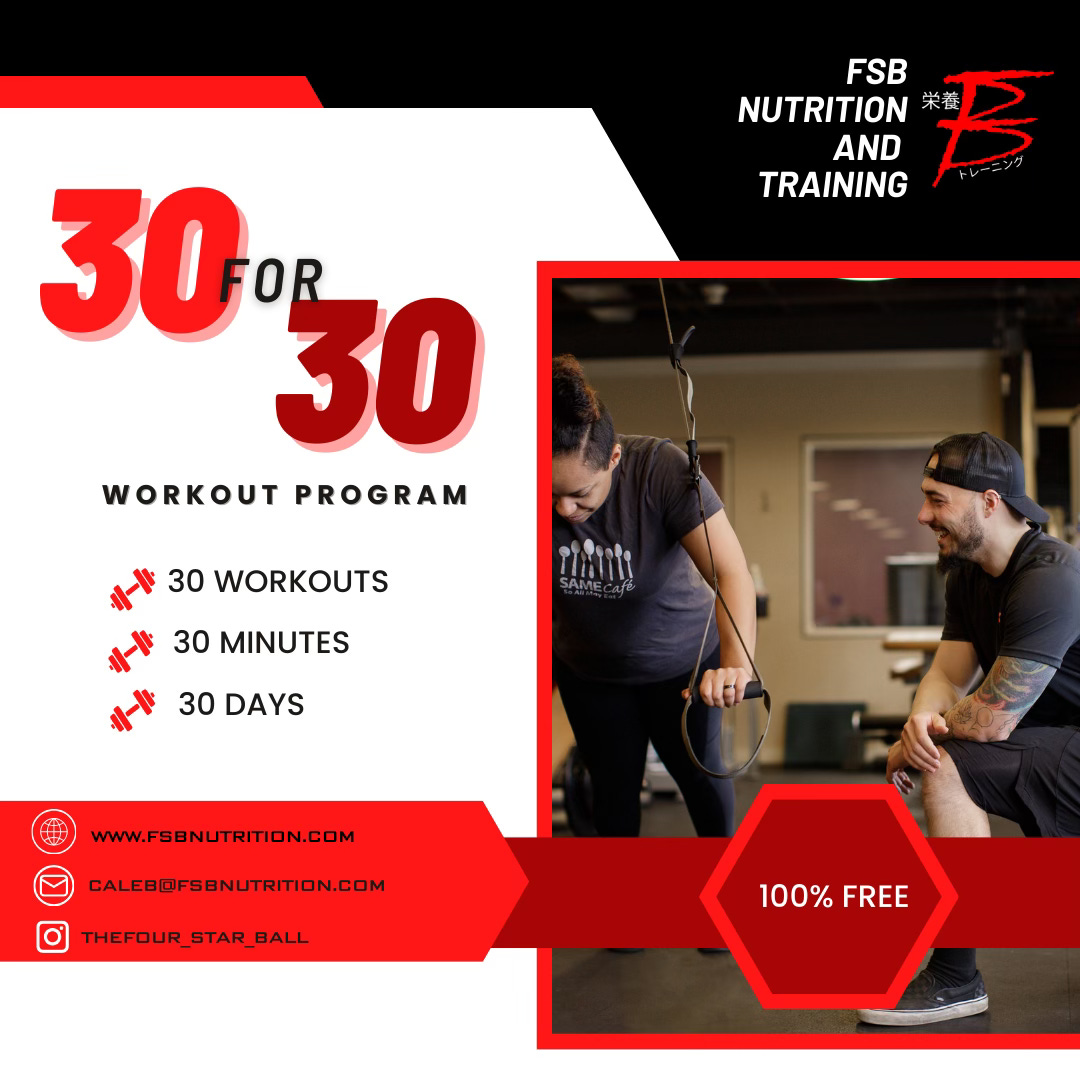Weight Training for Long-Term Joint Health: A Comprehensive Guide
Learn techniques for strengthening muscles, improving bone density, and reducing joint pain through a balanced fitness routine.
Contrary to popular belief, weight training is not detrimental to joint health. In fact, when done correctly, it can significantly improve joint strength and overall health in the long term. This comprehensive guide will explore how to incorporate weight training into your fitness routine while maintaining and enhancing joint health.
The Benefits of Weight Training for Joint Health
Weight training offers numerous advantages for joint health:
Muscle Strengthening: Weight training strengthens the muscles surrounding your joints, providing better support and stability. 1
Bone Density Improvement: Regular weight-bearing exercises stimulate bone growth, leading to stronger bones and healthier joints. 2
Cartilage Preservation: Weight training activates chondrocytes, cells that help maintain cartilage structure and inhibit its degradation. 3
Pain Reduction: Studies show that people with arthritis who engage in weight training experience less joint pain compared to those who don't.
Weight Management: Maintaining a healthy weight through weight training reduces pressure on joints, especially knees and hips. 4
Effective Weight Training Techniques for Joint Health
To maximize the benefits of weight training while protecting your joints, consider the following techniques:
1. Focus on Proper Form
Maintaining correct form during weight training is crucial for joint health. Poor form is one of the most common causes of joint injuries, especially in the shoulders and knees. Consider working with a certified personal trainer to learn proper techniques for each exercise.
2. Start with Low Weights and Progress Gradually
Begin with lighter weights and gradually increase the load as your strength improves. This approach allows your joints to adapt to the stress of weight training over time.
3. Incorporate a Variety of Exercises
Include exercises that target different movement patterns such as squats, lunges, hinges, pushes, and pulls. This balanced approach helps correct muscle imbalances and improves overall joint health.
4. Prioritize Compound Movements
Compound exercises that work multiple muscle groups simultaneously are generally more joint-friendly and efficient for overall strength development. Examples include squats, deadlifts, and dumbbell bench presses.
5. Allow Adequate Rest Between Workouts
Overtraining can lead to joint injuries. Ensure you have sufficient rest periods between workouts to allow your joints and muscles to recover.
Complementary Practices for Joint Health
To further support joint health while weight training, consider incorporating these practices:
1. Mobility Training
Dedicate time to mobility exercises, focusing on key joints such as shoulders, spine, and hips. Aim for short daily routines (about 5-10 minutes) or two longer sessions (30+ minutes) per week.
2. Low-Impact Cardio
Complement your weight training with low-impact cardiovascular exercises like swimming, cycling, or walking. These activities improve joint lubrication and overall cardiovascular health without putting excessive stress or impact on your joints.
3. Flexibility Exercises
Incorporate flexibility exercises such as those done in yoga and Pilates workouts into your routine. These practices increase your body's range of motion and prepare your joints for more intense workouts.
4. Proper Warm-up and Cool-down
Always begin your workout with a proper warm-up to prepare your joints and muscles for exercise. Similarly, cool down after your workout to gradually bring your body back to its resting state.
Nutrition for Joint Health
A balanced diet plays a crucial role in maintaining joint health. Consider the following nutritional strategies:
Adequate Protein Intake: Consume sufficient protein to support muscle repair and growth, which in turn supports joint health.
Anti-inflammatory Foods: Include foods rich in omega-3 fatty acids, such as fatty fish, and antioxidant-rich fruits and vegetables to help reduce inflammation in the body. You can also throw in spices such as turmeric and cinnamon, both of which have been shown to have anti-inflammatory benefits.
Hydration: Stay well-hydrated to ensure proper joint lubrication and overall body function. Aim for 1/2 your goal bodyweight in ounces, per day. So if your goal bodyweight is 180 lbs, then you should aim for 90oz of water per day (or about 11 cups).
Special Considerations for Different Age Groups
For Younger Adults
Focus on building a strong foundation of proper form and technique. This will set the stage for long-term joint health as you progress in your weight training journey.
For Middle-aged Adults
Pay extra attention to recovery and listen to your body. As we age, our bodies may require more time to recover between intense workouts.
For Older Adults
A study involving adults at retirement age found that one year of high-resistance training can preserve muscle function and provide long-lasting benefits. However, it's crucial to start slowly and progress gradually, always under the guidance of a certified trainer or physical therapist.
When to Seek Professional Help
While weight training is generally beneficial for joint health, there are instances when you should consult a professional:
Persistent Joint Pain: If you experience ongoing joint pain during or after workouts, consult an orthopedic specialist.
Injuries: If you have past injuries, it’s important to have the proper guidance to strength training while managing past injuries (and fixing them). Work with a physical therapist to lay the foundation, and then seek the help of a certified personal trainer who specializes in corrective exercise.
Conclusion
Weight training, when done correctly, is a powerful tool for maintaining and improving joint health in the long term. By focusing on proper form, gradual progression, and a balanced approach that includes complementary practices like mobility training and proper nutrition, you can enjoy the numerous benefits of weight training while keeping your joints healthy and strong.
Remember, consistency is key. Regular weight training, combined with other forms of exercise and a healthy lifestyle, can significantly contribute to your overall joint health and quality of life as you age. Always listen to your body and don't hesitate to seek professional guidance when needed. With the right approach, you can build strength, improve joint health, and enjoy an active lifestyle for years to come.
Check Out My Website
for Fitness and Finance Coaching
Citations:
https://pmc.ncbi.nlm.nih.gov/articles/PMC4637912/
https://pmc.ncbi.nlm.nih.gov/articles/PMC2811354/
https://pmc.ncbi.nlm.nih.gov/articles/PMC4907806/
https://www.nature.com/articles/s41598-020-60587-1








Good stuff! I'm coming off having both knees replaced late last year, I've been in the gym a lot and weight training has been a big part of this long recovery.